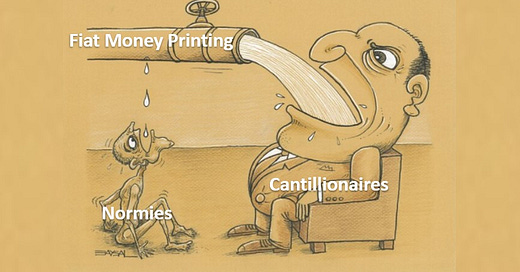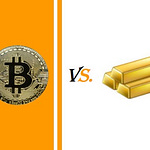Dear Readers,
People want to build life-changing wealth. But the definition of “life-changing” is different from person to person. For some it can mean financial independence. For others it may mean attaining and maintaining a certain lifestyle. And for others still it may mean escaping debilitating poverty.
Whatever one’s idea of life-changing wealth may be, the primary way to achieve it has usually been through the production of goods or services that are highly desired by a large number of people. Stock markets around the globe are full of companies that produce millions or even billions in revenue by giving people what they want. And I’m sure we’ve all heard stories about small-time entrepreneurs who pulled themselves up by their bootstraps in the pursuit of their dreams. Feel-good stories like those lead many people to believe that the creation of wealth is just around the corner for those who are courageous enough to take their first step.
My intent in today’s issue is not to crush dreams, because it certainly is still possible for hard-working people to break the proverbial mold when the conditions are right. My goal in this discussion is to highlight another method of wealth creation that has subtly existed over the millennia but has gone into hyperdrive over the past several decades. A method of creating wealth that takes it from the productive members of society (i.e., most of us) and gives it to those who produce little, but who benefit by associating with the politicians who control economies and people. Today we’re talking about inflation and the Cantillon effect.













